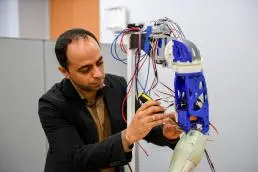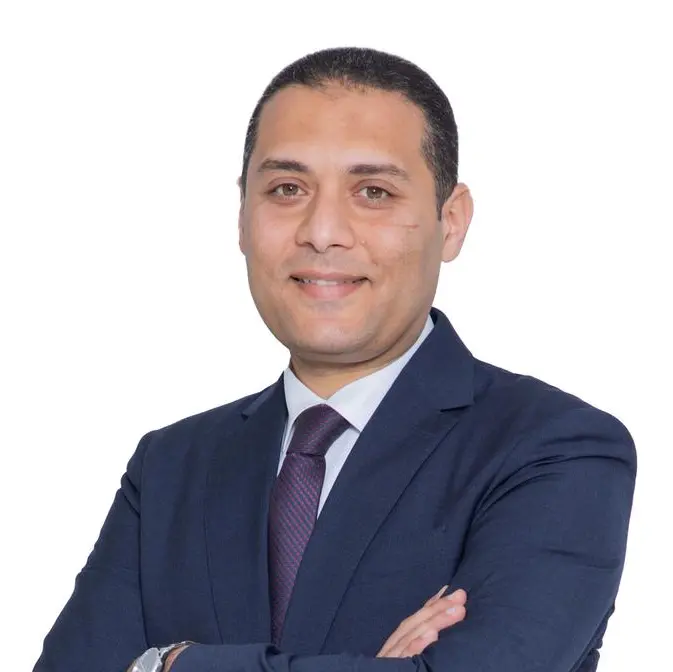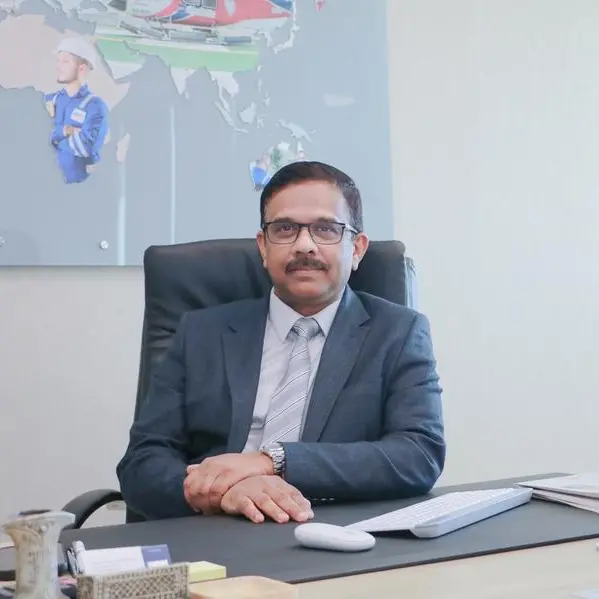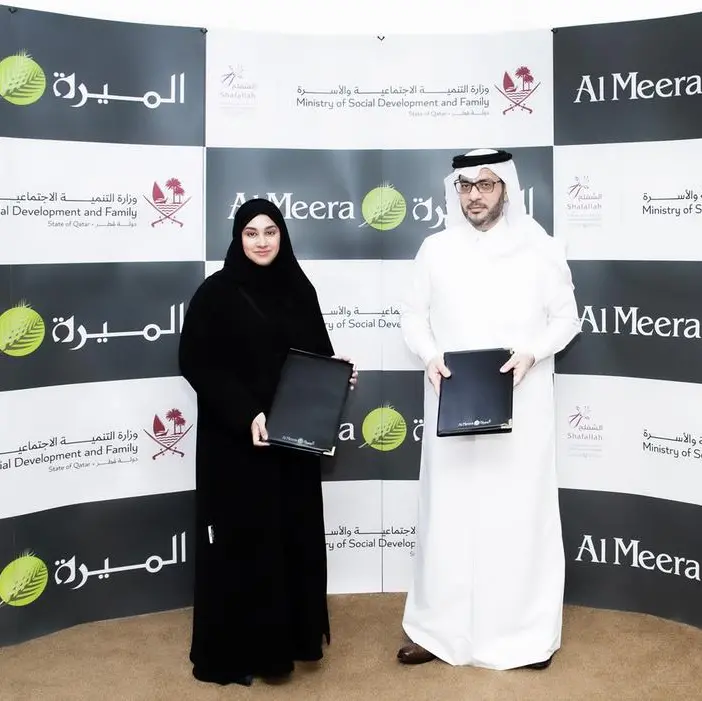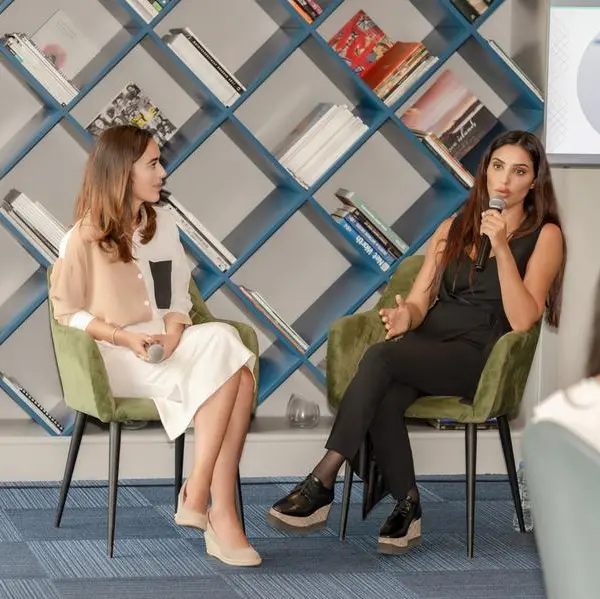PHOTO
3D-printing technology is being employed by a United Arab Emirates University (UAEU) scientist to bring the personalized touch to prosthetics.
In partnership with the University of Michigan, Dr Fady Alnajjar, assistant professor in UAEU’s Department of Information Technology, is developing prototypes of advanced prosthetics that could have a double edge over the models currently on the market – their lower cost, and their ability to allow amputees greater flexibility of movement and control.
While existing prosthetics may not be a case of one-size-fits-all, their functionality and range is limited and does not necessarily take account of the individual characteristics of their wearer. As Dr Alnajjar explains, the project he has embarked on is now trying to extend the number of sensors from the human body that can be used to control a prosthetic arm. The ultimate aim is for a prosthetic customer to be able to provide their precise specifications to an engineer, and have an artificial body part that is tailored specifically for them.
“The multi-degree freedom of our bodies gives signals that can control our arms,” he said. “The problem is that existing prosthetic arms in the market have no such functionality, so there is a lot of input from the body, but the prosthetic cannot accept it.
“Most prosthetic arms have a maximum of three-degree freedom. What we are working on is how we can increase that for individuals.”
While there is little in the way of genuine compensation for the trauma of losing a limb, Dr Alnajjar says advances in 3D printing have already come a long way in both improving prosthetics and making them more affordable. In this way, he believes the “emotional transition” can be smoothed.
“It’s also the case that prosthetic arms currently on the market are pre-designed and pre-coloured,” he said, “so they are not actually a fit for everyone. Some people would like customization, and 3D printing will be much easier to customise.”
This means prosthetics, for example, can be matched to the wearer’s physique and skin colour, and Dr Alnajjar adds: “We can also customize the functionality – for example, an artist might require a very different prosthetic arm to a golfer.
“This technology will help amputees get what they really need, and not be forced to use something purely because there is no other option. It will allow them to actually design what they want and have it built and customized to the needs of their body.”
As well as the physical and emotional comfort, the cost factor is also seen as a significant advantage of developing prosthetics in this way. “Building prosthetics from 3D printing already exists in different places,” said Dr Alnajjar. “The good thing about using this technology is the cheaper prices - because the materials are inexpensive - and it is also lighter than traditional models, such as silicon arms.
“The idea when we build the arm is that we try to ensure it is easy to change the parts, rather than being one set arm. This means the wearer can easily modify some aspects of its mobility – if they don’t like a particular finger, they can reprint the one they are looking for and just fit it onto the arm.”
It will take time and needs to be perfected, but Dr Alnajjar believes these new, very personal prosthetics could be on the market as early as 2020. Once the project he is currently working on with his US partners is “60 per cent complete”, it is planned to present it to UAEU’s medical faculty for refinement, before biological experts are enlisted to help in developing sensors which have the best fit for the human body and offer the most responsiveness.
He sees the project, and the introduction of 3D printing to prosthetics development, as an opportunity to build a bridge between medicine and engineering. “Sometimes, engineers build something that doctors do not need, or that customers like but doctors do not feel it is appropriate for the body,” he said. “Alternatively, sometimes doctors require something an engineer cannot build.
“There is a gap between engineering and medical doctors. For the benefit of the people who need prosthetics, we need to fill this gap.”
-Ends-
About the United Arab Emirates University (UAEU) – The National University
Founded in 1976 by the late Sheikh Zayed Bin Sultan Al Nahyan, UAEU is a comprehensive, research-intensive university enrolling about 14,000 Emirati and international students. As the UAE’s flagship university, UAEU offers a full range of accredited, high-quality graduate and undergraduate programs through nine Colleges: Business and Economics; Education; Engineering; Food and Agriculture; Humanities and Social Sciences; IT; Law; Medicine and Health Sciences; and Science. With a distinguished international faculty, state-of-the art new campus, and full range of student support services, UAEU offers a living-learning environment that is unmatched in the UAE.
As a research-intensive university of international stature, UAEU works with its partners in industry to provide research solutions to challenges faced by the nation, the region, and the world. The University has established research centers of strategic importance to the country and the region which are advancing knowledge in critical areas ranging from water resources to cancer treatments. UAEU is currently ranked the #1 university UAE, #4 in the GCC, and top 500 globally.
UAEU’s academic programs have been developed in partnership with employers, so our graduates are in high demand. UAEU alumni hold key positions in industry, commerce, and government throughout the region. Our continuing investments in facilities, services, and staff ensure that UAEU will continue to serve as a model of innovation and excellence.
For further information contact:
Jean O’ Neill, Communications & Marketing Manager
Tel: +971 (0)3 713 5906
Email: jean@uaeu.ac.ae
© Press Release 2017
